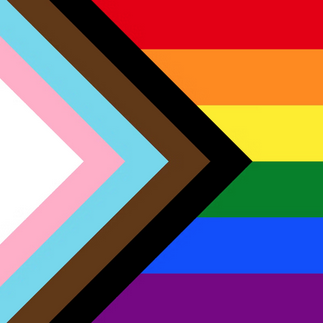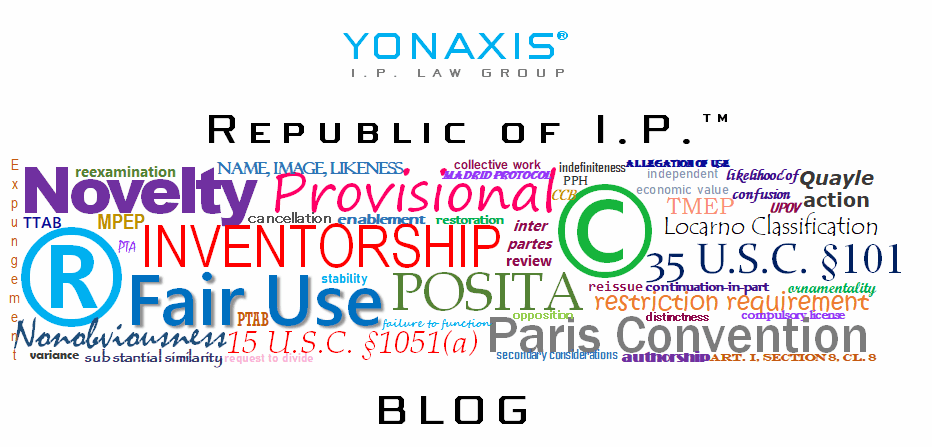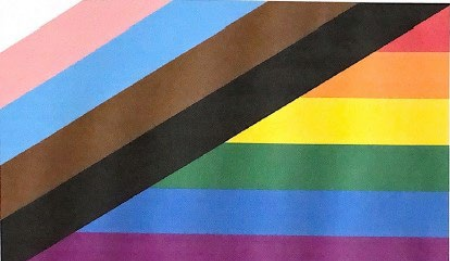Copyright law protects original works of authorship, but the definition of “originality” often creates layers of confusion among creators and authors (referred to as “authors”). At its core, the originality requirement establishes a threshold of creativity that must be met before a work qualifies for copyright protection.
The Baseline for Originality
Originality is the “bedrock principle of ocpyright” law. (Compendium 3d, §308.2) The originality requirement demands a work possess at least a “minimal degree of creativity” and that it have been the result of independent creation rather than being copied from another’s work. (Compendium 3d, §308.1) While this bar is intentionally low, not everything meets this standard.
The Feist Decision: A Landmark in Defining Originality
The modern understanding of copyright’s originality requirement was significantly shaped by the 1991 Supreme Court case Feist Publications, Inc. v. Rural Telephone Service Co.1 This landmark decision rejected the “sweat of the brow” doctrine, which was the previous standard for copyright protection based on the labor involved in creation rather than the author’s own creativity.
Justice O’Connor, writing for the Court, emphasized that originality requires independent creation plus “at least some minimal degree of creativity.” The Court also clarified that originality is a constitutional requirement stemming from the Constitution’s reference to “authors” and their “writings.”
The decision established that facts themselves are not copyrightable, though compilations of facts may be protected if they feature an original selection or arrangement.
The U.S. Copyright Office and courts have consistently held that certain types of works lack sufficient creativity:
- Short Phrases, Titles, and Slogans: Short phrases, titles, slogans, personal or stage names, domain names, or fictional characters typically fail to meet the originality requirement. Although potentially meaningful, these expressions, however, are generally too brief – called “de minimis” amount of authorship – to warrant the minimal creativity required for copyright protection;2
- Mere Symbols or Designs: Basic symbols, familiar designs, and simple arrangements of a few elements typically lack the creative spark necessary for copyright protection. A simple arrow symbol, a basic star design, or common emoticons fall into this category. While these elements can be incorporated into larger copyrightable works, on their own they generally fail the originality test;
- Common Geometric Shapes: common geometric shapes like circles, squares, triangles, and basic combinations thereof cannot be copyrighted. The rationale is straightforward – such rudimentary shapes belong to the public domain, and allowing authors to monopolize these shapes would create impediments to creative expression, rather than promote it.
This latter type was the subject of a recent Copyright Review Board decision which refused copyright registration to “Recentering Black and Native Trans and Queer People in Pride,” the work of which is shown below:

The Board noted that while an author may apply for registration a work that contains merely geometric shapes, the selection and arrangement of those shapes must be sufficiently creative. (A review of the selection-and-arrangement theory was previously discussed on the blog.) The Board observed that the claimant’s design contains only minimal deviations from the basic LGBTQ+ flag (shown left), and emphasized that the width of the stripes were uniform and arrangement was minor in its “recentering.”3 As a result, the Copyright Office refused registration of the recentered flag work.
Post-Feist Developments
Following Feist, courts have continued to refine the originality standard. In Satava v. Lowry,4 held that lifelike depictions of natural objects may contain minimal originality when they incorporate creative choices. Meanwhile, Meshwerks, Inc. v. Toyota Motor Sales,5 found that purely technical renderings of existing objects lacked sufficient creativity for copyright protection.
Takeaways
For authors, the originality requirement presents both opportunities and limitations. While the creativity threshold is low, there is still a bar. Creators, authors, artists, and designers should understand that:
- Technical skill alone doesn’t guarantee copyright protection;
- Minor variations on common elements will not automatically warrant copyright protection;
- Selection and arrangement may provide protection even when individual elements cannot be protected if there is the selection and arrangement amounts to something more than mere minimal deviations from an original source, and there is evidence of overall human endeavor taken in creating a work.
Conclusion
Copyright’s originality requirement serves an important purpose in balancing the interests of authors/creators with the public’s access to fundamental building blocks of expression. By requiring at least minimal creativity, copyright law ensures that basic elements remain in the public domain while still protecting genuinely original expression.
If you would like additional information on the originality requirement, or copyright registration, please contact Yonaxis I.P. Law Group.

